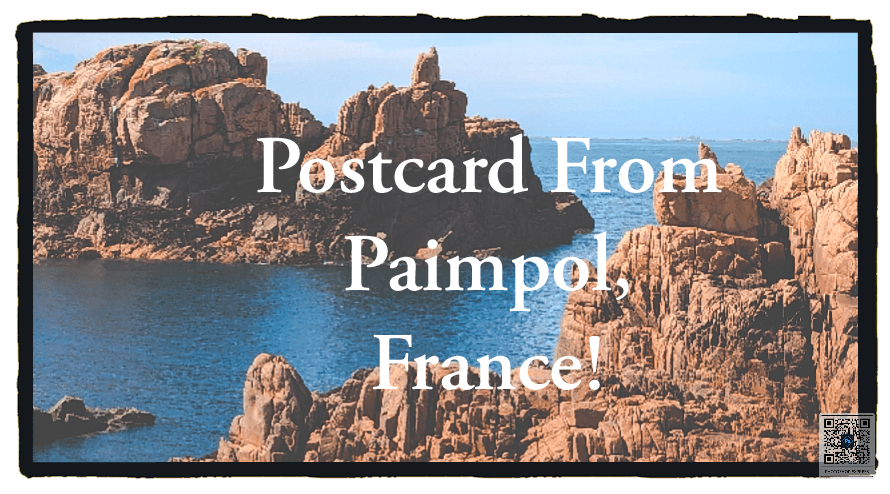
By Sylvaine Travadon
Paimpol is a small town located in Western France, on the Channel, the sea between France and the UK. Since 1992, Vermilion, Ohio and Paimpol have been twin cities. Though the partnership seems to have faded away over the years, we would like to introduce you to your sister town Paimpol.

Consider Europe, zoom on France on the Western side, zoom again on the West, you’ll find Brittany, the region of Metropolitan France which is often marketed as the closest to the USA. Brittany is a very singular region in France, easy to identify geographically, but also culturally. It has its own language (though not much used any more), its own music (of Celtic inspiration), its own way of dancing… It’s a country of fishing and sailing along the coast, agriculture and agro-industry in the lands, tourism also everywhere, thanks to breathtaking landscapes and middle age villages and edifices.
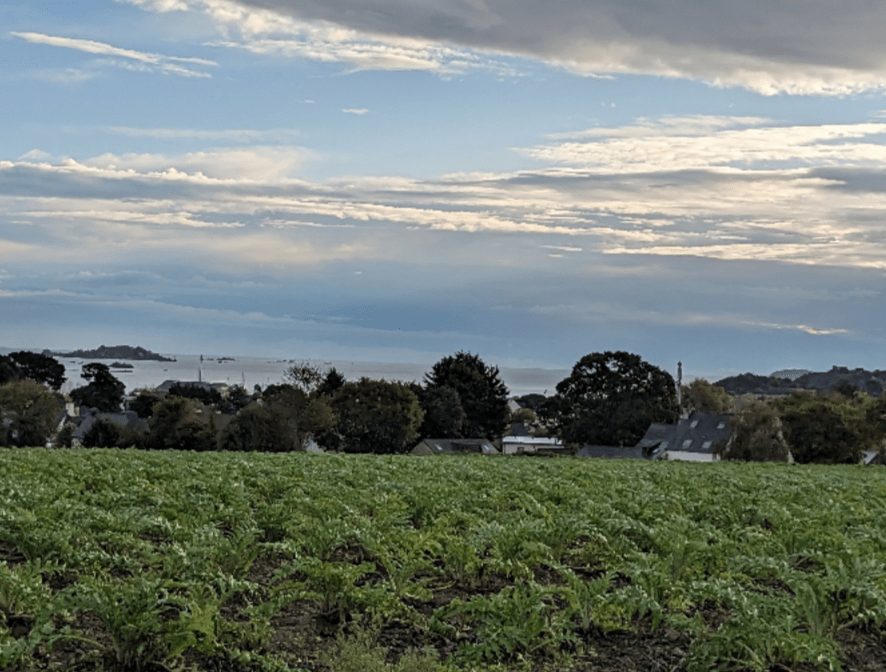
Brittany in a nutshell
On the Northern coast of Brittany, Paimpol (Pempoul in Breton, easier to pronounce for foreigners) is a perfect summary of Brittany. The city is built around the port and provides very nice old streets with half-timbered houses. The city heart is very dynamic, with many shops and restaurants as well as an incredibly crowded market every Tuesday. You don’t need to leave the town to find the first vegetables fields:pumpkins, cabbages, artichokes…
Paimpol is nicknamed the Islandic City, as it was one big port for fishing codfish in Island back in the early XXth century. This is why Paimpol is also twinned to Grundarfjordur, a city in Island.
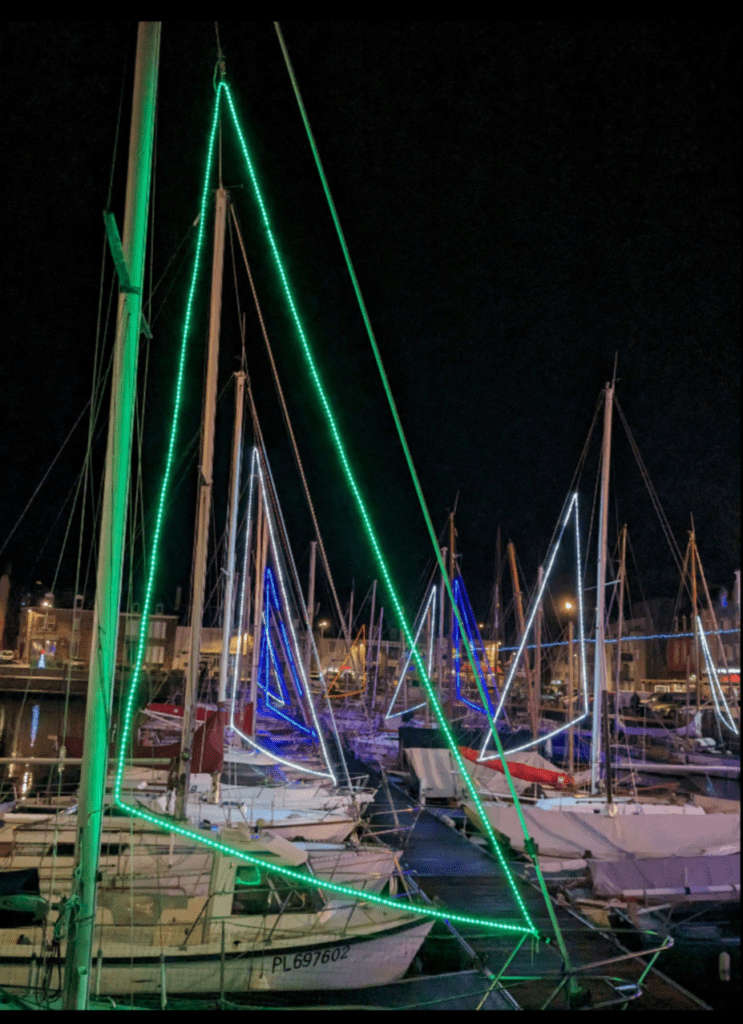
A touristic area
Tourists love the city. They appreciate visiting the remains of Beauport Abbey, founded 8 centuries ago close to the sea, the very first settlement known in Paimpol. It provides nice hiking and cycling paths along the sea. It’s also very close to Bréhat, a lovely island where cars are not allowed. The archipelago to which it belongs can be considered as the eastern starting point of the very famous pink granite coast. The island attracts thousands of visitors every day in summer, which has led the authorities to regulate visits and introduce quotas, to preserve the environment as well as the experience for visitors.
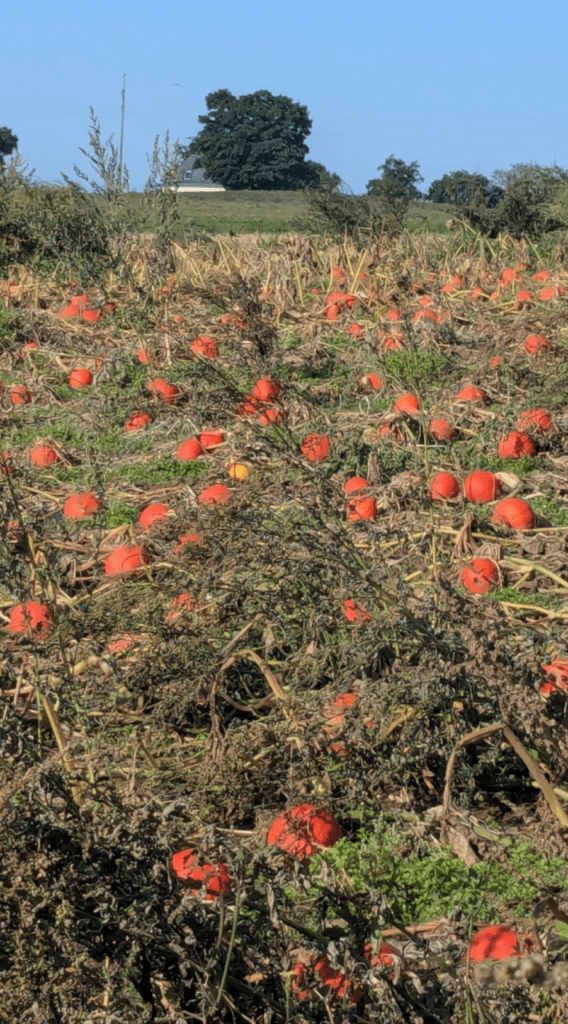
A rural way of living
Back in 2022, the population in Paimpol was 7.266, slightly increasing vs previous census in 2016. Daily life is quite similar to any rural area in France – people commute to work mostly by car, go shopping in supermarkets, in the city center and on Tuesday at the market. Many people own their house and have a garden to grow their own fruits and vegetables.
They’re also quite active in the local associations, in particularthose related to the Breton culture. For instance, the cultural center Anjela Duval provides music, dance, language and embroidery workshops, and the Bagad Bro Pempoul is a Breton music ensemble. Those who own a boat also enjoy sailing or fishing. In summer, it’s also possible to go for a swim in the sea (for those who appreciate fresh water), and on some special days every year, when the tide coefficient is high, to go fish crustaceans under the rocks on the shore.
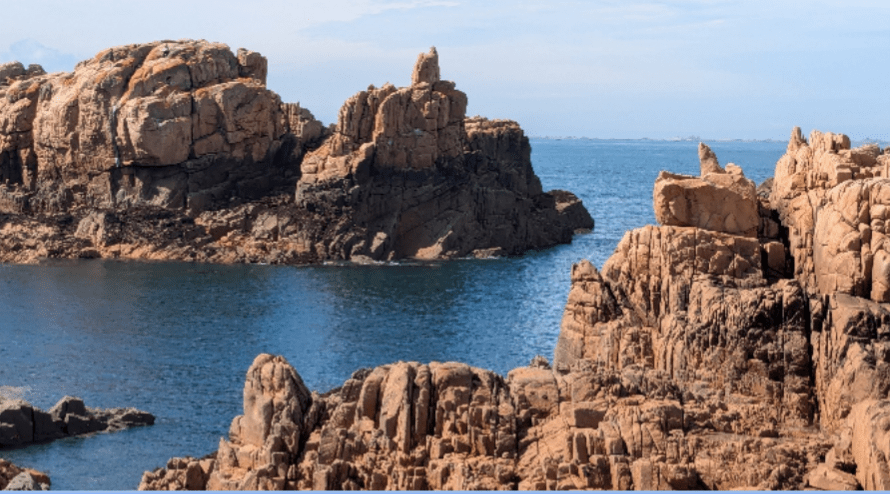
A bulwark against climate change
Brittany is often mocked for its rainy weather and cold temperatures. It’s true that they never exceed 30° in Paimol, even sometimes remain under 20° in summer. It makes the region a perfect shelter for those wanting to escape heat waves induced by climate change. In fact, the weather in Paimpolchanges a lot. Over the same day, there will be alternating sunny conditions, clouds, and sometimes rain. We usually say we have 4 seasons every day. Which in turn transforms the landscapes into a fascinating ever-changing painting.
Meet Sylvaine Travadon:

I’m 56 years old. I was born and grew up in Northern Brittany. I studied business administration near Paris and worked for 30 years in the energy industry, first in Burgundy and then in Paris. My family stayed in Brittany, and together with my partner, we bought a holiday house in Paimpol in 2022. I now spend most of my free time over there and am happy to retrieve my roots. In 2023, I left my company and went back to school to become a journalist. I’m now looking for a job in that new area.

My hobbies include ice skating, skiing, swimming (in the sea), hiking, looking for mushroom, live shows and visiting museums. I also manage logistics and administration for my son who is a professional chess player.

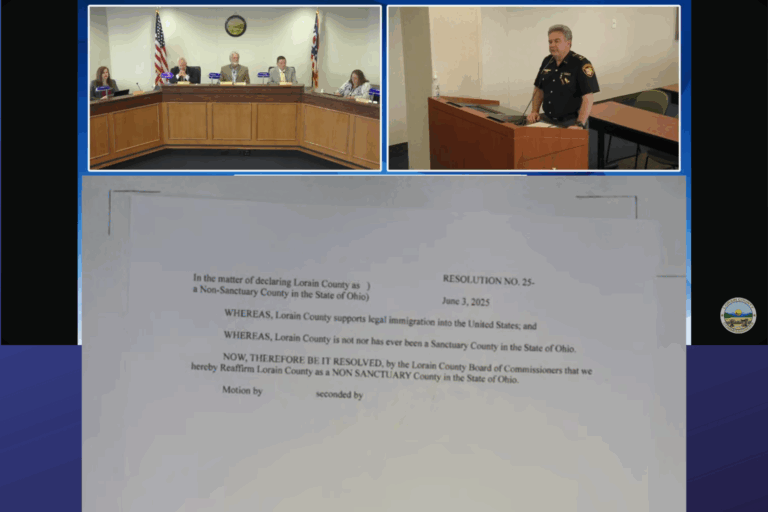

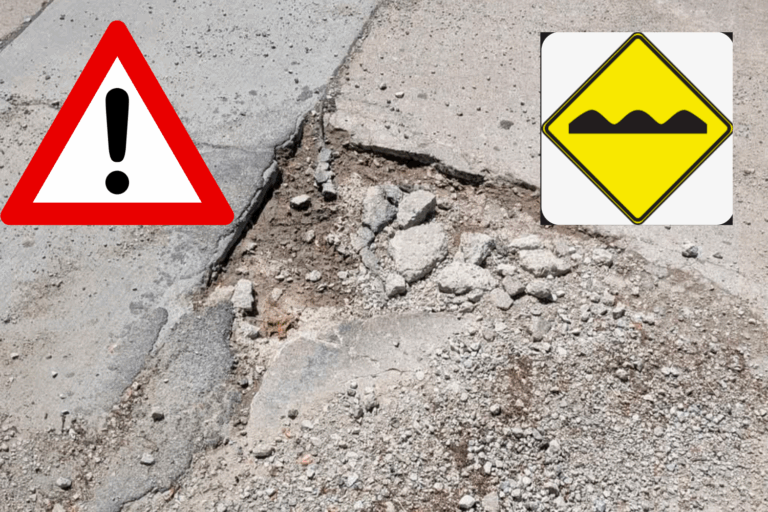

Formidable !
Superbe reportage
Merci Sylvaine
Thank you, Sylvaine, for sharing. Your town and region sound wonderful.